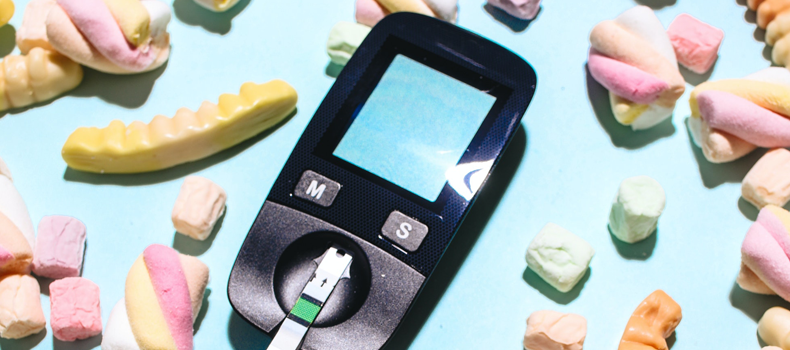Released April 1, 2021
Diabetes is becoming increasingly important in the 21st century, not least due to the modern, sedentary lifestyle. However, it is not a monolithic disease: there are two main types of diabetes, which differ significantly from each other: type 1 and type 2.
Type 1 diabetes is the more immediate and lifelong variant. It is triggered when the gland of the pancreas is damaged by an “autoimmune reaction”, ie by the actions of a misguided immune system. Why this happens is still a mystery, but the result is that the pancreas does not produce enough insulin, a vital hormone that controls the body’s digestion and metabolism of carbohydrates, including sugar.
Low insulin levels are associated with a whole host of symptoms, including rapid breathing, fatigue, excessive thirst, and sleepiness. Long-term insulin deficiency increases the risk of heart and kidney disease and nerve damage. Type 1 diabetics control this for life through regular insulin injections.
Type 2 diabetes, on the other hand, develops gradually as the body develops insulin resistance, usually due to an unhealthy diet and lack of exercise. Fortunately, unlike type 1 diabetes, the symptoms of type 2 diabetes can be minimized and controlled by adopting a healthy lifestyle – diet plays a particularly important role in this.
Managing Type 2 Diabetes with Diet
No two cases of type 2 diabetes are alike, so it takes a little experimentation to find the best health-promoting diet for yourself once diagnosed.
Since weight gain is a major trigger for type 2 diabetes, moderation and small portions should be a core principle of your new diet. Try not to get too ambitious – realistic dietary changes are more likely to keep you going, and achieving goals is far more motivating than failure.
The basic principle of a type 2 diabetes diet is to minimize or completely avoid foods that contain:
- Processed Sugar
- honey and syrup
- Refined carbohydrates: especially white flour-based foods
All of these foods have been shown to cause insulin-busting blood sugar spikes. Instead, prioritize the following foods when compiling your grocery list:
Healthy breakfast selection
- Whole grain cereals, unsweetened
- whole grain toast
- avocado
- Hard boiled eggs
- Unsweetened yogurt
Healthy Lunch
- Soup
- Salmon
- tuna steak
- Chicken
- Unsweetened yogurt
Healthy dinner choices
- lettuce and vegetables
- chicken
- Salmon
- pasta
- Homemade curry with beans and chickpeas
- Low-carb rice alternatives, like cauliflower
Contrary to popular belief, it’s okay to eat whole grain-based fruit and pasta in moderation. Yes, fruit does contain sugar, but it’s natural, unrefined sugar (fructose), while the healthier carbs in whole wheat pasta aren’t associated with spikes in blood sugar
Of course, a healthy diet can play a big part in controlling your system, but you should still take any insulin medications recommended by your doctor.
As a general rule, don’t think of your new diabetes diet as a deprivation and a list of things not to eat. Instead, focus on the things you can eat—and enjoy treats in moderation when you can. Also remember that your new, healthier lifestyle comes with many additional benefits: you will lose weight, have more energy and generally feel better!

